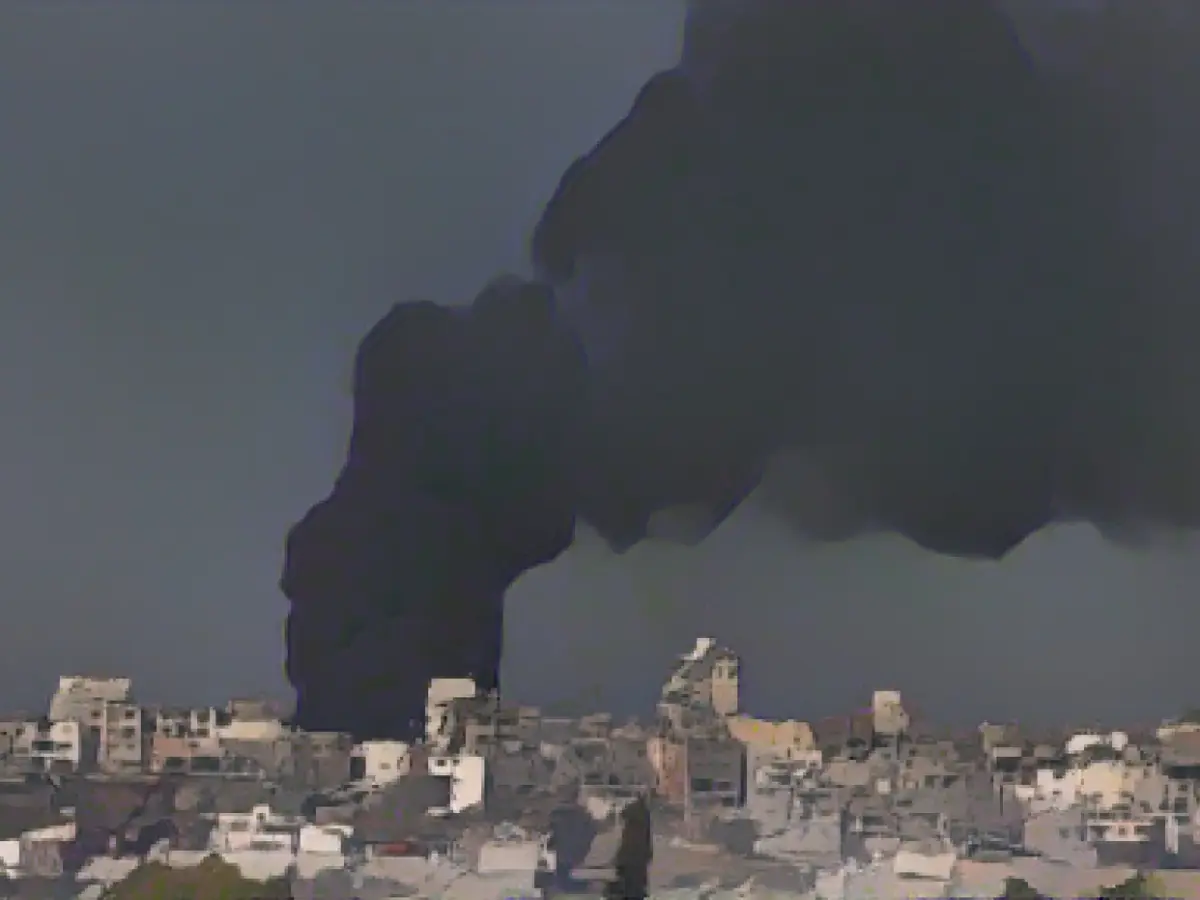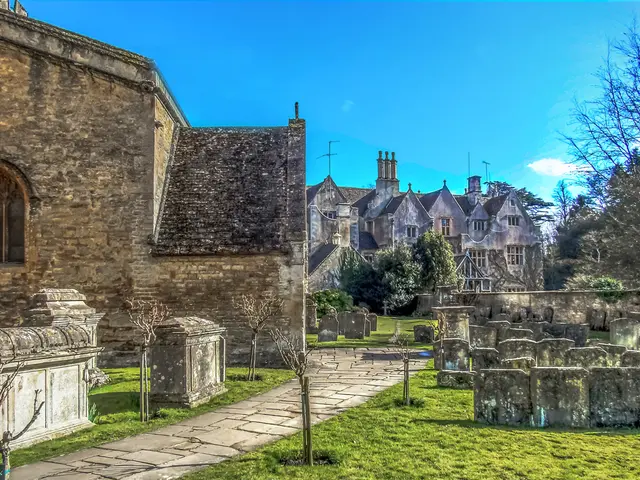Following the recent hostilities, Israel is looking into establishing humanitarian camps in the northern Gaza Strip to accommodate displaced Palestinians aspiring to return to their homes once Israel wraps up its military operations in the area.
sources claim that this initiative would give some Palestinian civilians the chance to relocate to the northern Gaza Strip, provided that Israel finishes its ongoing operations in the region. The planning stages for the project are still in their infancy, and it's unclear how many people the camp can house.
Israel has communicated its intentions to the United States, and senior Israeli officials have stated that they will solicit support from other nations. A high-ranking humanitarian official confirmed ongoing discussions about the project, adding that various countries and non-governmental organizations might participate.
Israeli military personnel believe they are close to defeating Hamas fighters in Jabaliya and Shujaiya in Gaza City, the last remaining Hamas stronghold in the northern Gaza Strip.
Israeli Defense Minister Yoav Galant hinted at Tuesday that displaced civilians might be allowed to return to the northern Gaza Strip if Israel achieves its military objectives.
"In every area where we complete our mission, we will be able to transition gradually and begin efforts to welcome back the locals." Galant stated during a press conference with U.S. Defense Secretary Lloyd Austin: "This could happen sooner in the north than in the south."
Approximately 85% of Gaza's population were forced to flee during the conflict between Israel and Hamas. However, many displaced residents from the northern Gaza Strip could end up homeless, requiring the construction of shelters to enable the return of some of the refugee population.
A recent analysis published by the United Nations satellite center reported that, as of the end of November, about 80% of buildings in the northern Gaza Strip had been damaged or destroyed.
Israel is considering the project in light of pressure from the United States to reduce military operations in Gaza and establish secure zones for Palestinian civilians.
Israel has also held talks with the United States and Gulf states about rebuilding Gaza after the war, according to officials.
Additional Insights
The current state and potential international involvement in Israel's plans to build humanitarian camps in the northern Gaza Strip for displaced Palestinians are intricate and multifaceted, driven by ongoing conflicts and humanitarian crises.
Current Status
- Ceasefire and Humanitarian Aid:
- A ceasefire between Israel and Palestinian armed groups took effect on January 19, 2025, mediated by Egypt, Qatar, and the United States[4].
- Despite the ceasefire, humanitarian concerns persist. The Israeli military has engaged in operations in northern Gaza, primarily around Jabalia refugee camp, with the aim of eliminating Hamas militants[3].
- Humanitarian Access:
- The International Committee of the Red Cross (ICRC) and the Palestine Red Crescent Society (PRCS) are working to evacuate critical patients and provide medical transfers, but their access is hampered by the challenging security situation and blocked roads[2].
- Humanitarian aid operations face numerous challenges, including Israeli restrictions on dual-use items, which have hindered the delivery of essential supplies like chlorine tablets for water purification[3].
- UNRWA Ban Impact:
- Israel’s ban on the UN Relief and Works Agency for Palestine Refugees (UNRWA) threatens to dismantle the core of humanitarian operations in Gaza, affecting over 2 million Palestinians who depend on UNRWA for aid, education, and healthcare[1].
- The ban has been criticized by human rights experts and the UN, who argue that there is no other alternative to UNRWA’s operational work and that its collapse could lead to a collapse of healthcare and education systems[1].
Potential International Involvement
- International Criticism and Calls for Action:
- The international community, including the UN Secretary-General, has emphasized the need for secure humanitarian access and the importance of UNRWA in providing essential services to Palestinian refugees[1][5].
- The ICRC has continually called for the necessary conditions to be met for safe evacuation of the wounded and sick, emphasizing the need for all parties to the conflict to prioritize civilian lives[2].
- Diplomatic Efforts:
- Diplomatic efforts led by Egypt, Qatar, and the United States have resulted in the current ceasefire, but the lasting resolution of humanitarian crises in Gaza is uncertain[4].
- The Biden administration has voiced concerns about civilian casualties and has held back certain offensive weapons from Israel, suggesting a nuanced approach to the conflict[3].
- Humanitarian Organizations' Response:
- Humanitarian organizations like the ICRC and UN agencies are striving to maintain their operations despite the challenges, but their ability to do so is significantly hindered by the ongoing conflict and restrictions[2][3].
In essence, despite ongoing efforts to address the humanitarian crisis in Gaza, the predicament continues to be fragile due to the ban on UNRWA and the complexities of the conflict. International involvement is indispensable, but the success of these efforts hinges on the cooperation of all parties involved.







